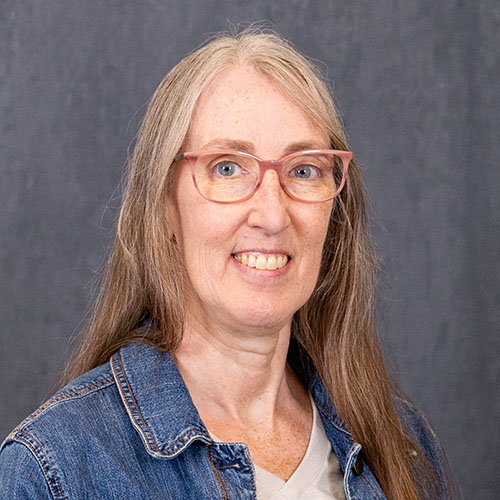 Christine M.
Christine M.
Former enrollee and parent of enrolled adult children
“Our family was on Medical Assistance, which kept us healthy while I went back to school and got my degree. This allowed me to be employed at a level to earn my way out of all public assistance as a single mother of four children.
“My children are now adults, and my younger two children are now on Social Security disability due to severe persistent mental illness. While their primary insurance is through my employer, they also have Medicare and Medical Assistance. One of the keys is medical assistance is allowed them to receive treatments and waiver services that are only accessible to them through medical assistance.
“My son has a nurse that comes and checks on him weekly and sets up his medications for the week. For my daughter, as her illness progressed, she became agoraphobic — unable to leave her home. At times, I could talk her into coming along to the store to get groceries, but many times we would only get to the parking lot and I’d need to take her back home because she was unable to get out of the car or even unable to sit in the car while I went in to get groceries. Her ARMHS (Adult Rehabilitative Mental Health Services) worker was able to slowly help her to leave the house, go to a few places. Eventually she was able to recover to the point where she was able to return to doing her own shopping and even complete her college degree at MSU Mankato.
“Without the help that they received from Medical Assistance, I would have been forced to quit my job. I would need to be at home to care for them. Medical Assistance not only saved their lives, but it has moved them closer to the possibility of employment. It's also allowed me to continue working and providing insurance that reduces that burden on Medical Assistance.
“It's not just a question of quality of care. When mental illness is involved — and mental illness is often invisible — it's quality of life and death.”

